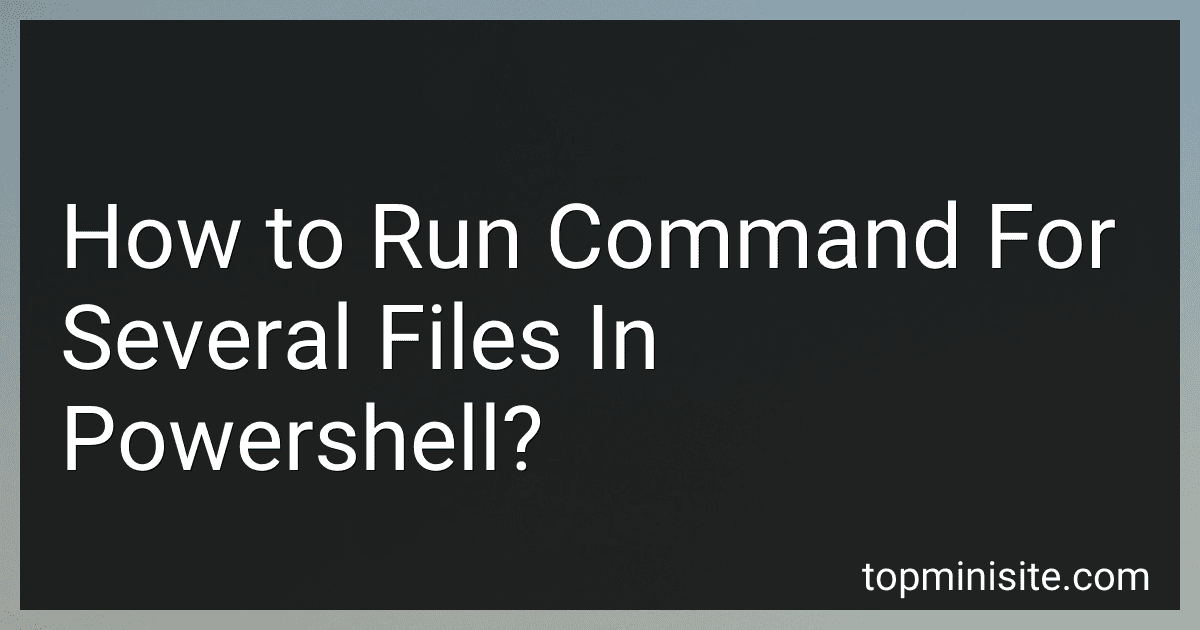Best Powershell Tools to Buy in December 2025
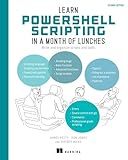
Learn PowerShell Scripting in a Month of Lunches, Second Edition: Write and organize scripts and tools


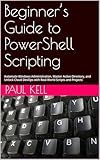
Beginner’s Guide to PowerShell Scripting: Automate Windows Administration, Master Active Directory, and Unlock Cloud DevOps with Real-World Scripts and Projects



PowerShell for Penetration Testing: Explore the capabilities of PowerShell for pentesters across multiple platforms


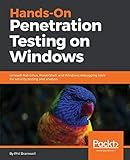
Hands-On Penetration Testing on Windows: Unleash Kali Linux, PowerShell, and Windows debugging tools for security testing and analysis


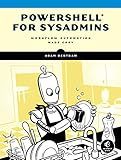
PowerShell for Sysadmins: Workflow Automation Made Easy


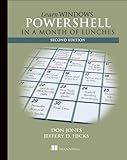
Learn Windows PowerShell in a Month of Lunches


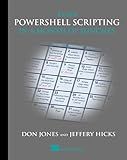
Learn PowerShell Scripting in a Month of Lunches


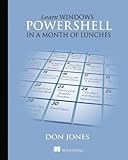
Learn Windows PowerShell in a Month of Lunches


In PowerShell, you can run a command for several files by using a loop or a pipeline. With a loop, you can use a foreach loop to iterate through a list of files and run the command on each file.
For example, you can use the following command to run a specific command on each file in a directory:
foreach ($file in Get-ChildItem "C:\path\to\directory") { Your-Command $file }
Alternatively, you can use a pipeline to pass a list of files to the command.
For example, you can use the following command to run a specific command on multiple files:
Get-ChildItem "C:\path\to\directory" | ForEach-Object { Your-Command $_ }
This will run the specified command on each file in the directory.
How to handle different types of files when running a command in PowerShell?
When handling different types of files in PowerShell, you can use various cmdlets and methods to work with them. Here are some common file types and how to handle them:
- Text Files (.txt): You can read the contents of a text file using the Get-Content cmdlet. For example:
Get-Content C:\path\to\file.txt
You can also write to a text file using the Out-File cmdlet. For example:
"Hello, World!" | Out-File C:\path\to\file.txt
- CSV Files (.csv): When working with CSV files, you can use the Import-Csv cmdlet to read the contents of the file into a PowerShell object. For example:
Import-Csv C:\path\to\file.csv
You can also export data to a CSV file using the Export-Csv cmdlet. For example:
Get-Process | Export-Csv C:\path\to\file.csv
- JSON Files (.json): To read the contents of a JSON file, you can use the Get-Content cmdlet to read the file and then use the ConvertFrom-Json cmdlet to convert it into a PowerShell object. For example:
$data = Get-Content C:\path\to\file.json | ConvertFrom-Json
To write data to a JSON file, you can use the ConvertTo-Json cmdlet to convert a PowerShell object and then use the Out-File cmdlet to write it to a file. For example:
$data | ConvertTo-Json | Out-File C:\path\to\file.json
- XML Files (.xml): To read an XML file, you can use the [xml] type accelerator to convert the contents of the file into an XML object. For example:
[xml]$xml = Get-Content C:\path\to\file.xml
You can then work with the XML object using PowerShell commands. To write data to an XML file, you can use the Export-Clixml cmdlet to export PowerShell data to an XML file. For example:
Get-Process | Export-Clixml C:\path\to\file.xml
These are just a few examples of how you can handle different types of files when running commands in PowerShell. Depending on the file type, you may need to use different cmdlets and methods to work with them effectively.
What is the flexibility offered by PowerShell when running commands on multiple files?
PowerShell offers flexibility in running commands on multiple files by allowing users to use wildcards (*) and regular expressions to specify multiple files at once. This makes it easy to perform operations on sets of files without having to manually specify each individual file.
Additionally, PowerShell provides cmdlets that allow users to easily filter, sort, and group files based on various criteria before running commands on them. This allows for more precise and targeted actions on files.
PowerShell also supports pipeline processing, which enables users to easily chain together multiple commands to perform complex operations on multiple files in a single command line, thus increasing efficiency and productivity.
What is the role of the -Recurse parameter when running commands on multiple files in PowerShell?
The -Recurse parameter in PowerShell is used to instruct the command to run recursively on all files and folders within the specified path or directory. This means that the command will be executed not only on the specified files in the directory but also on all the files and folders within that directory and its subdirectories.
For example, if you want to delete all text files in a folder and all its subfolders, you can use the Remove-Item cmdlet with the -Recurse parameter like this:
Remove-Item -Path C:\myfolder\*.txt -Recurse
This command will delete all text files in the C:\myfolder directory and all its subdirectories.
